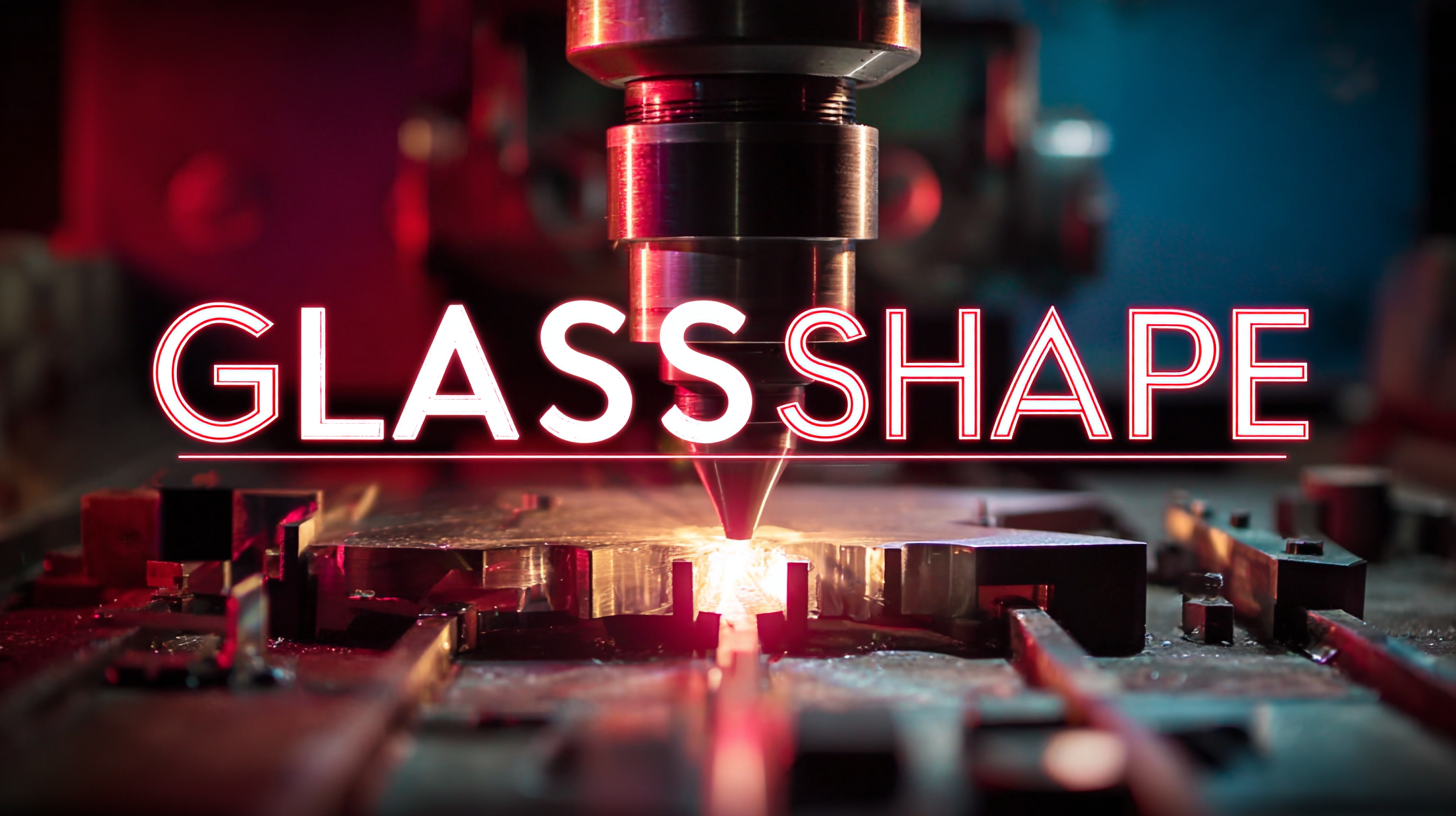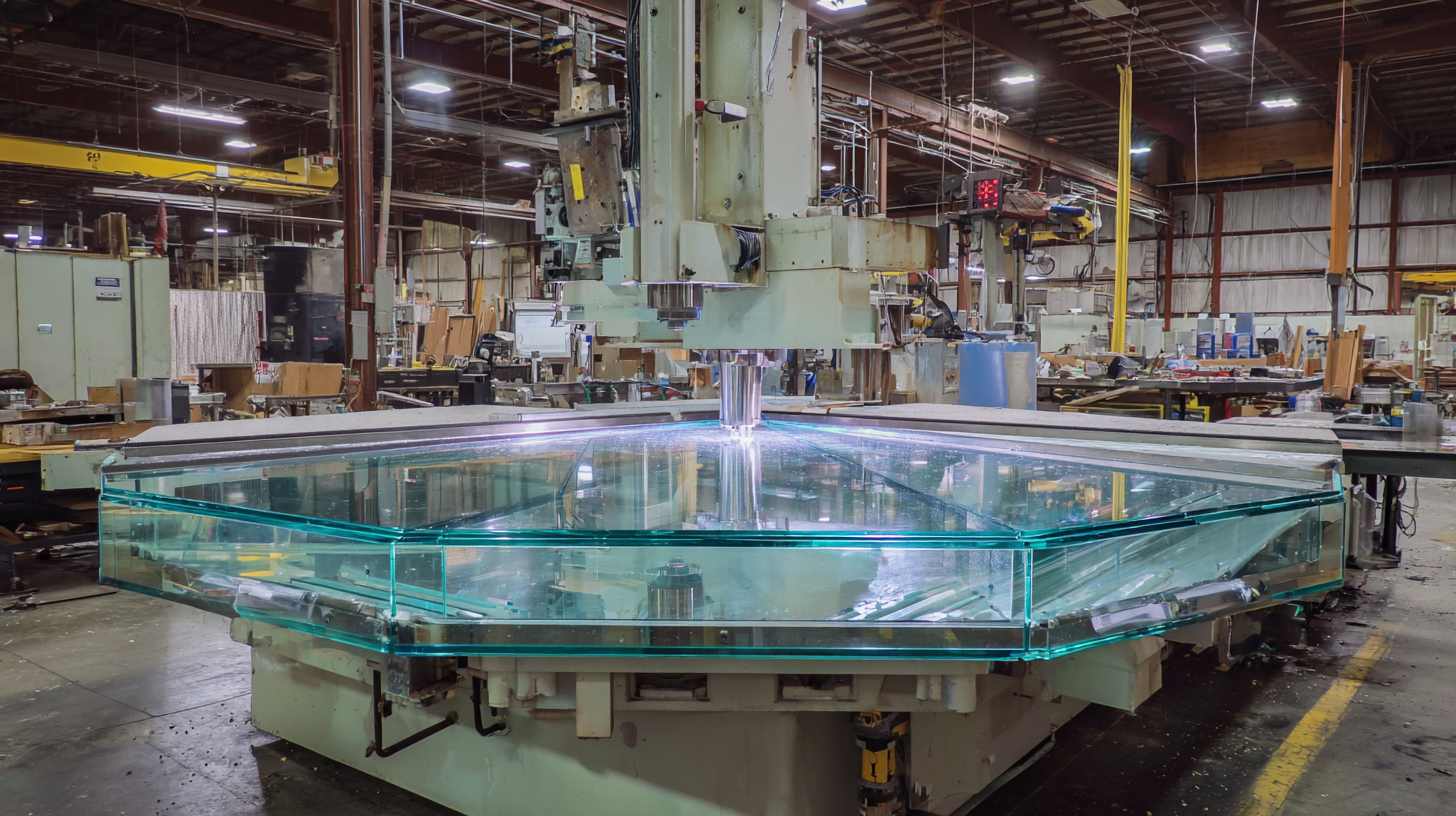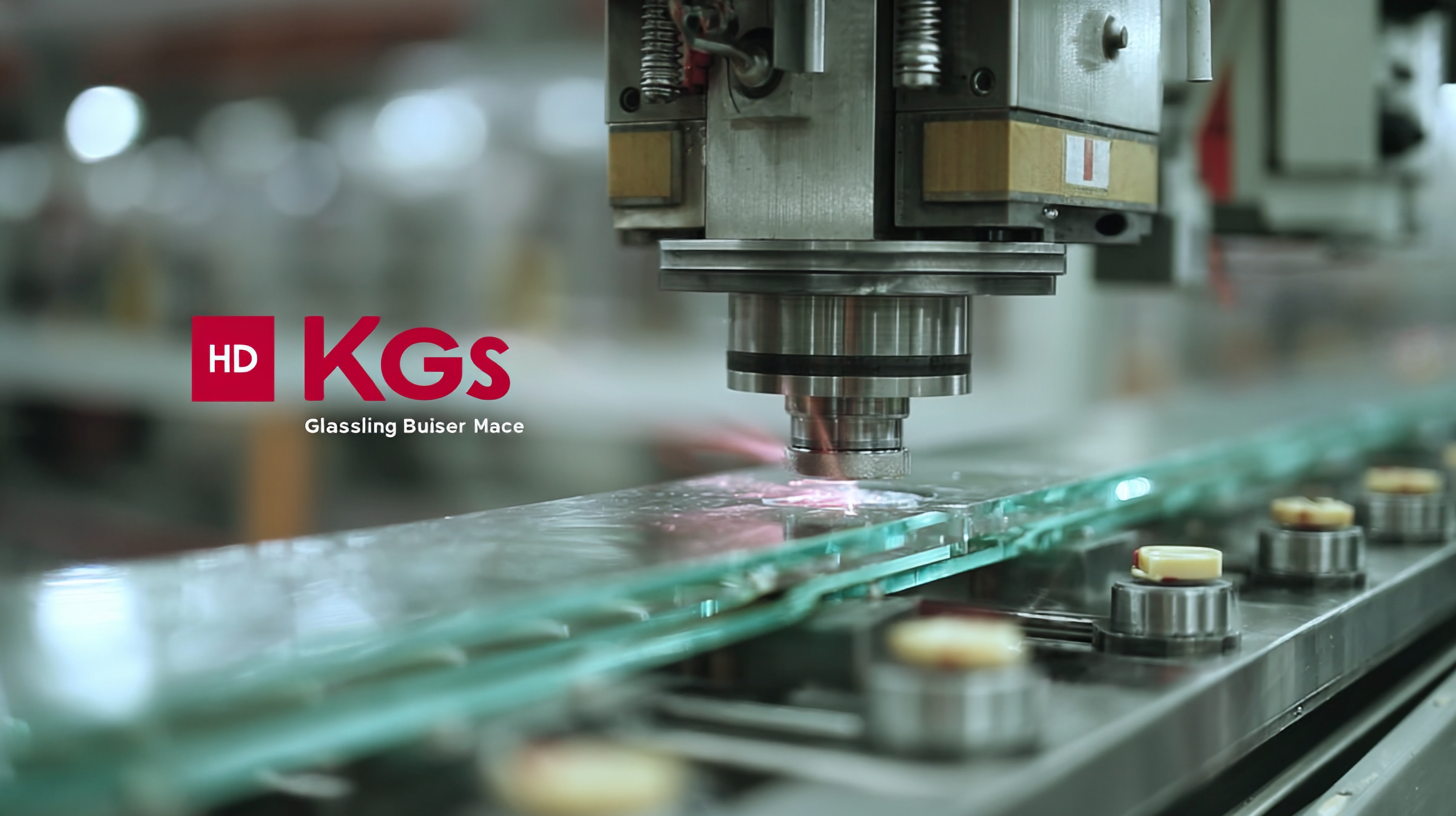Understanding Challenges Faced by Businesses Using Best Glass Shape Beveling Machine
As the demand for high-quality glass products continues to surge in various industries, the significance of efficient manufacturing processes cannot be overstated. One crucial aspect of glass production is the use of advanced machinery, notably the Glass Shape Beveling Machine. According to a recent report by Research and Markets, the global glass processing machinery market is expected to grow at a CAGR of 4.5% from 2021 to 2026, demonstrating an increasing reliance on innovation to meet evolving consumer demands. However, businesses face numerous challenges when integrating these machines into their operations, including navigating the complexities of technology adaptation, ensuring compliance with stringent industry production standards, and managing operational costs. Understanding these challenges is essential for companies aspiring to enhance their production capabilities and maintain their competitive edge in the glass manufacturing landscape.

Challenges in Glass Beveling: The Impact of Machine Technology on Production Efficiency
In the glass beveling industry, the choice of machine technology significantly influences production efficiency. Businesses face numerous challenges when implementing glass shape beveling machines, particularly in achieving precision and maintaining speed. Traditional beveling machines often struggle with accuracy, leading to increased waste and reworks, which can severely hinder overall productivity. The learning curve associated with newer technologies can also be a barrier for workers accustomed to older models, creating delays and reducing output.
Modern beveling machines equipped with advanced software and automation present a solution to these challenges. These machines offer enhanced control over bevel angles and edge finishes, thus minimizing errors and ensuring high-quality products. Moreover, integrating machine learning technologies can streamline processes, allowing for real-time adjustments and reduced downtime. By embracing these innovations, businesses can significantly improve their production rates and ensure consistent quality, ultimately enhancing their competitive edge in the market. The evolving landscape of glass beveling technology signifies that businesses must adapt quickly to stay relevant and efficient.

Understanding the Cost Implications of Upgrading to Advanced Beveling Machines
Upgrading to advanced beveling machines can significantly impact a business's bottom line, particularly in an industry where precision and efficiency are paramount. According to a report by the Freedonia Group, the global demand for glass processing machinery is projected to grow by 4.5% annually, highlighting a shift towards high-tech solutions. Organizations considering upgrading their beveling machines should weigh the initial investment against potential long-term savings. For instance, advanced machines often feature automation capabilities which can reduce labor costs by up to 30%, and enhance production speed, leading to increased throughput and reduced lead times.
Moreover, investing in state-of-the-art beveling technology can also lead to higher quality outputs, minimizing waste and rework. A study by MarketsandMarkets estimates that enhancing manufacturing processes with advanced machinery can improve product quality by as much as 20%. Companies that embrace these advancements not only stay competitive but also position themselves to meet the rising demands for better glass products among consumers, who increasingly favor high-quality craftsmanship. As the glass industry evolves, those who strategically invest in effective beveling solutions stand to benefit both financially and operationally.
Key Performance Metrics: The Effect of Glass Shape Beveling on Product Quality
The glass shape beveling process plays a crucial role in determining the final quality of glass products. Businesses must recognize that the precision and efficiency of the beveling machine can significantly influence the aesthetics and structural integrity of the glass.
 Poorly executed beveling may lead to micro-cracks or uneven edges, compromising product quality and requiring costly rework or replacements.
Poorly executed beveling may lead to micro-cracks or uneven edges, compromising product quality and requiring costly rework or replacements.
To ensure optimal performance in glass beveling, companies should monitor key performance metrics such as edge finishing quality, production speed, and machine downtime. Implementing regular maintenance schedules can drastically reduce unexpected failures, enhancing overall productivity.
Tip: Invest in training programs for operators to familiarize them with the beveling machine’s capabilities and best practices. By understanding the nuances of the equipment, staff can troubleshoot issues proactively and maintain high-quality standards.
Tip: Regularly assess the input glass quality before beveling. High-grade raw materials will yield superior results, leading to better performance metrics. This proactive approach can minimize defects and elevate product quality significantly.
Addressing Workforce Skills Gaps: Training Needs for Modern Beveling Machines
In today's competitive manufacturing landscape, the efficient use of beveling machines is crucial for maintaining productivity and quality. However, a significant challenge lies in the skills gap within the workforce that operates these modern machines. As manufacturers increasingly adopt advanced technologies, the need for skilled operators has never been greater. Training programs must evolve to keep pace with innovations in equipment, such as the End Facing and Beveling Machines (EFBM), which are projected to see a market growth from USD 1.2 billion in 2024 to USD 1.8 billion by 2033, indicating a robust demand for skilled labor in this sector.
Moreover, with high employee turnover rates on the factory floor, it's imperative for manufacturers to partner with original equipment manufacturers (OEMs) to bridge this skills gap.
Easy-to-use designs and ongoing training solutions can empower workers, ensuring they are not only knowledgeable but also proficient in operating complex beveling technologies. The introduction of cutting-edge equipment, like the recent 128-foot 3-D tube laser machines, highlights the critical need for effective training. By investing in workforce development, businesses can optimize operational efficiency and harness the potential of advanced beveling and fabrication technologies.
Trends in the Glass Industry: How Beveling Machines Are Adapting to Market Demands
As the glass industry continues to evolve, the demand for sophisticated
beveling machines becomes increasingly apparent.
Today's market trends highlight a shift towards more customizable and efficient production processes.
With advancements in technology, beveling machines are being upgraded
not only to enhance precision but also to accommodate various glass shapes and sizes, catering to
diverse customer needs. This adaptability is crucial for businesses aiming to maintain a
competitive edge in a fast-paced environment.
Moreover, sustainability has emerged as a key concern within the glass sector.
Manufacturers are increasingly focusing on energy-efficient beveling machines
that minimize waste and reduce their carbon footprint. By incorporating smart technologies and
automated features, these machines not only improve production efficiency but also align with broader
industry goals for sustainability. As the market continues to demand innovative solutions, the glass
beveling machinery landscape is likely to see further transformations, ensuring that businesses can
meet changing customer expectations while also embracing eco-friendly practices.

Home
About Us
Products
UPVC PVC Window Machine
Aluminum Window Machine
Glass Cutting Machine
Glass Edging Machine
Insulating Glass Machine
Glass lifting machine
Glass Washing Machine
Glass Laminating Machine
Glass Sandblasting Machine
Glass Drilling Machine
CNC Glass Working Center
CNC Non-Metal Cutting Machine
The Other Glass Machinery
Application
Download
News
Contact Us


 Poorly executed beveling may lead to micro-cracks or uneven edges, compromising product quality and requiring costly rework or replacements.
Poorly executed beveling may lead to micro-cracks or uneven edges, compromising product quality and requiring costly rework or replacements.